Disclaimer: This article contains affiliate links. If you click on links we provide, we may receive compensation.
Winter doesn’t have to mean a dull, lifeless garden. Many shrubs offer year-round interest, with some truly shining during the coldest months. These plants can add color, texture, and structure to your landscape when other plants have gone dormant.
From evergreens that provide a constant backdrop to deciduous shrubs with interesting bark or berries, there are plenty of options to keep your garden looking lively through winter. Some even bloom in the snow, offering a surprising burst of color in an otherwise monochrome scene.
Here are 10 must-have shrubs that will bring beauty and interest to your winter garden.
Holly
Popular species of holly trees include the American holly, which has dark green leaves and traditional red berries. They guarantee robust growth and berry output on soil that is somewhat acidic and well-drained. Holly trees also undergo seasonal changes; between autumn and winter, their berries turn from green to a vivid scarlet, which contrasts sharply with their evergreen leaves.
Winter Jasmine
With its early bloom, winter jasmine is best planted in the fall to give its roots time to take hold before winter arrives. For a healthy growth, this plant needs well-draining soil, preferably loam or sand. Its modest growing pace, which eventually forms a dense mound, is one of its distinguishing characteristics. Pruning should be done carefully once a year to keep it in form and promote abundant flowering.
Camellia
Rich in organic content and with good drainage, acidic soil is ideal for camellia growth. Young camellias can benefit from planting in the fall or early spring, when conditions are more favorable for establishing before summer heat or winter cold sets in. Camellias are known for their modest growth rate, and it can take them several years to achieve maturity. For gardeners who are ready to put in the work, growing camellias is typically a long-term commitment.
Red Twig Dogwood
Seasonally changing in color, Red Twig Dogwood gives winter gardens visual appeal with its crimson stems. It can grow up to eight feet tall and wide at a moderate rate. For gardeners searching for dependable plants, this shrub is a low-maintenance option because it is resistant to disease.
Witch Hazel
Known for its distinctive seasonal variations, witch hazel blooms in late fall or early winter when most other plants are barren. This tree grows best in well-drained soil and may tolerate neutral to slightly acidic environments. Chinese witch hazel is one of the most popular types. Other well-known varieties are “Arnold Promise,” which has huge yellow blossoms, and “Diane,” which has reddish blooms.
Boxwood
Boxwood grows slowly and is readily shaped, making it a popular choice for borders and hedges. It’s best planted in spring or fall to allow roots to establish before extreme temperatures. Numerous well-liked cultivars, such as ‘Green Velvet’ and ‘Winter Gem,’ provide varying degrees of resilience and leaf size to accommodate diverse landscape requirements.
Mahonia
Mahonia grows slowly, so it’s better to plant it in the early spring or fall. It grows best in well-drained soil with a pH preference for slightly acidic over neutral. Because of its reputation for disease resilience and the lack of major pest or disease problems it faces, maintenance is comparatively simple. Well-known cultivators such as ‘Soft Caress’ are recognized for their yellow blossoms and narrow leaves, while ‘Charity’ is admired for its fragrant late-fall blooms and spiky foliage.
Heavenly Bamboo
All year long, heavenly bamboo displays its unique red berries and rich green leaves. It also adds eye-catching hues at different times of the year, especially in the fall when the leaves turn scarlet. This shrub, which grows swiftly to reach up to 7 feet tall, is well-suited for use as a privacy screen or accent in the garden. For luxuriant development all year long, planting is best done in the spring when the soil is warm and favorable for root establishment.
Snowberry
Due to its reputation for resilience to disease, snowberry is a dependable option for a variety of landscapes. Usually, it is planted in the spring or the fall so that it can get established before severe weather arrives. Though it can withstand a variety of soil types, including clay and sandy soils, as long as waterlogging is avoided, snowberry grows best in well-drained soil.
Evergreen Viburnum
In order to give evergreen viburnum time to grow roots before severe weather, it is frequently planted in the fall or early spring. Because of its moderate growth rate, gardeners can anticipate this tree’s size and shape in a few years. It adapts to many locations but needs some care to soil preparation before planting because it thrives in well-drained soil with a pH of slightly acidic to neutral.
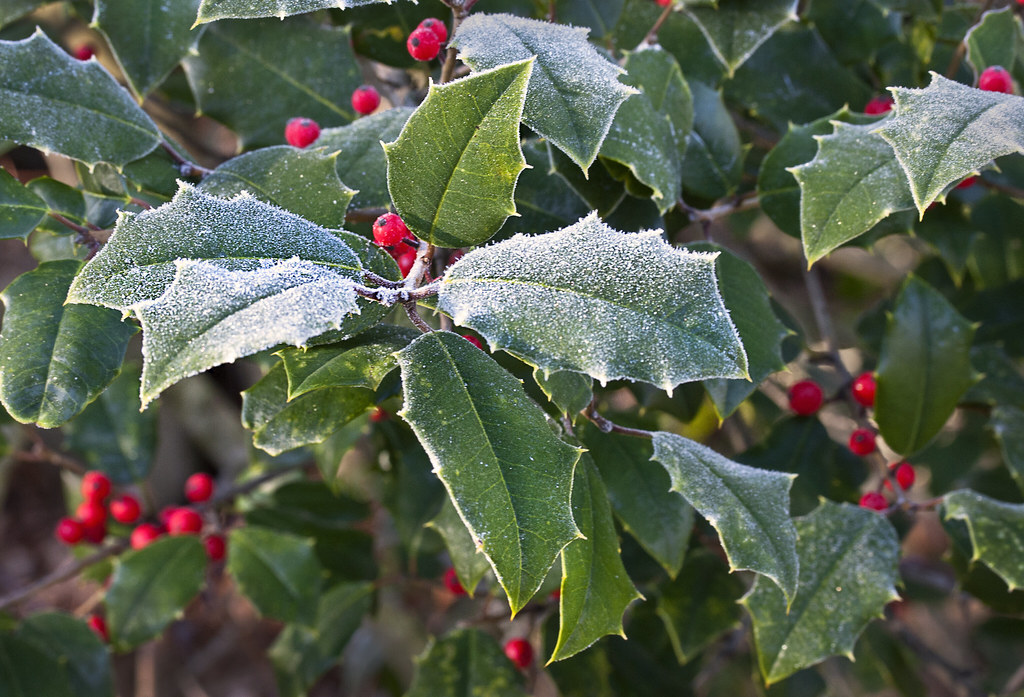
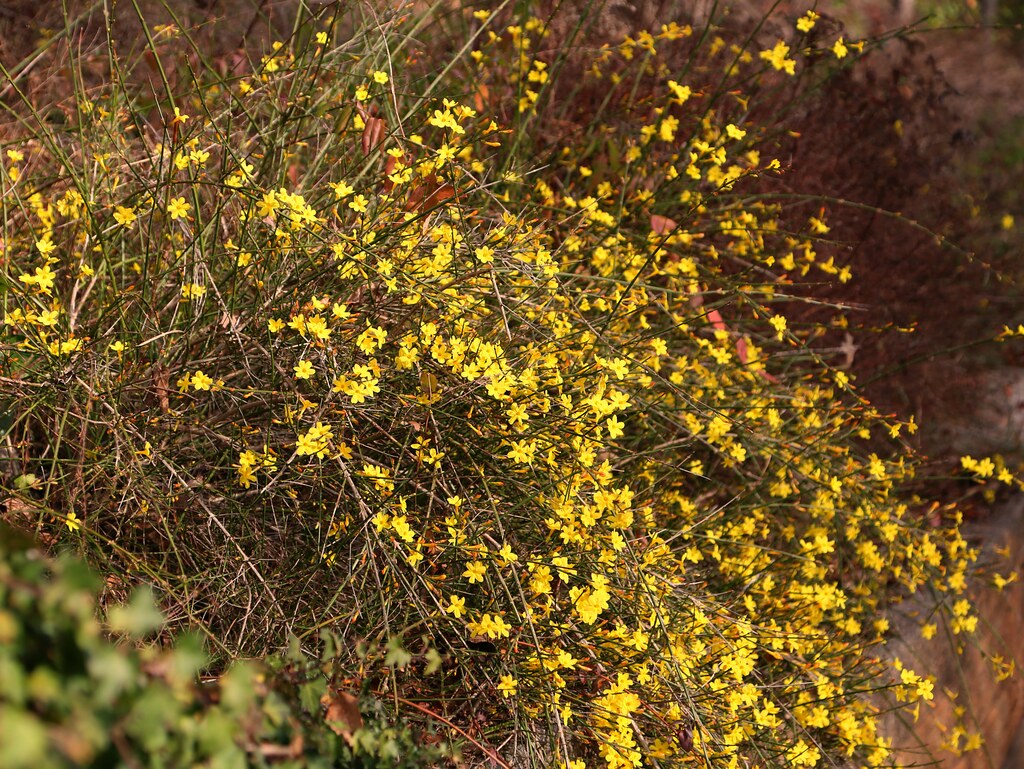


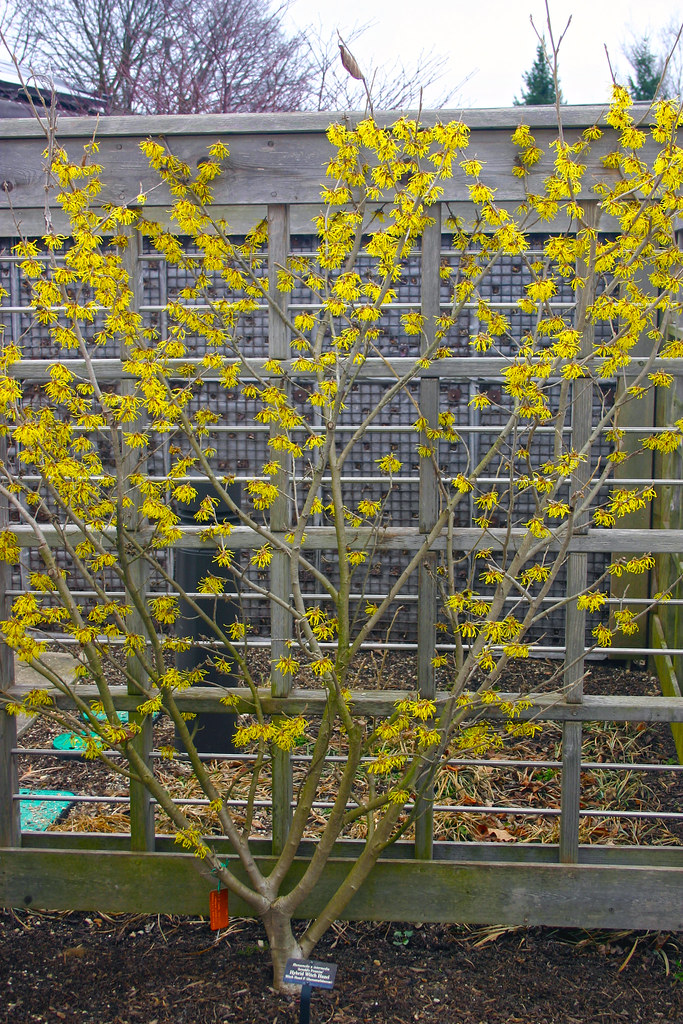
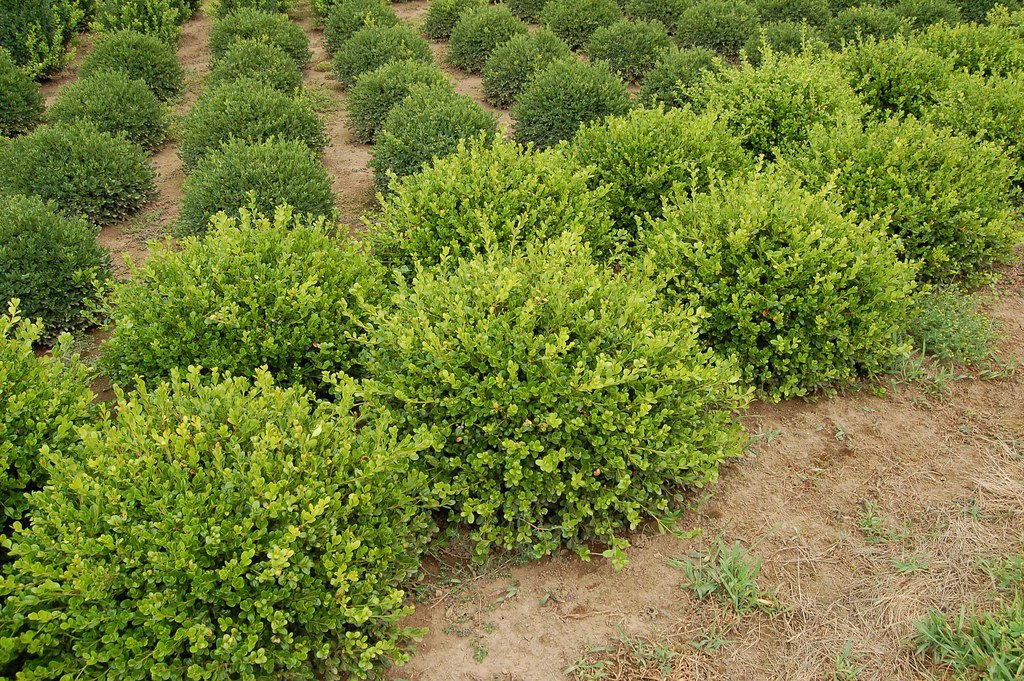
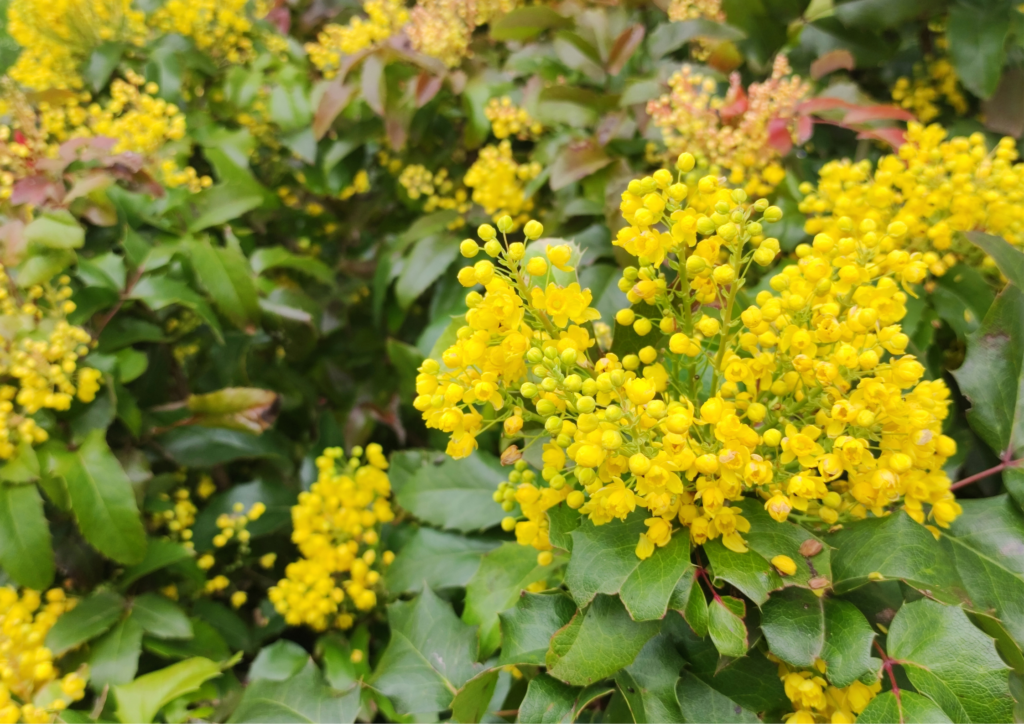
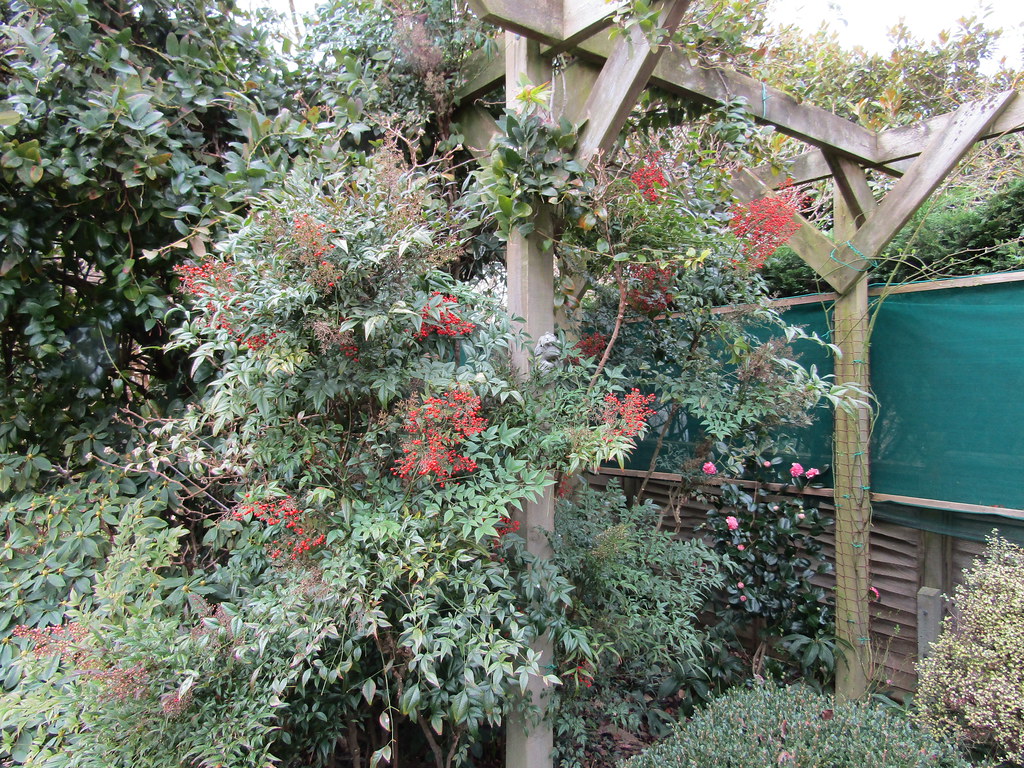
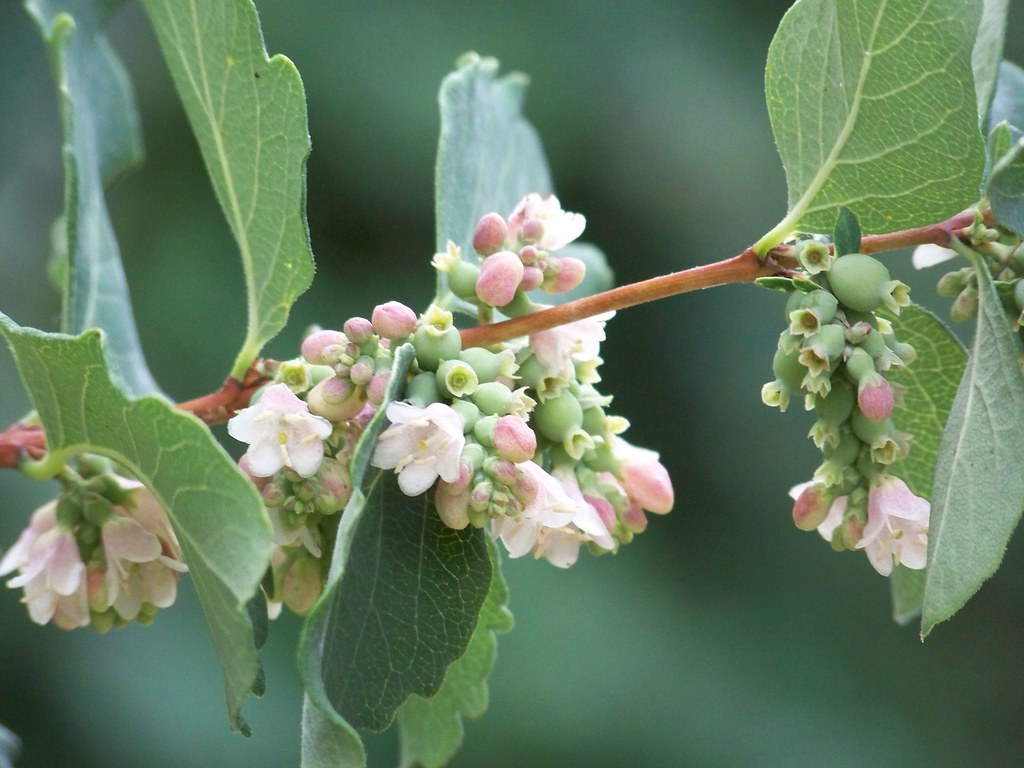
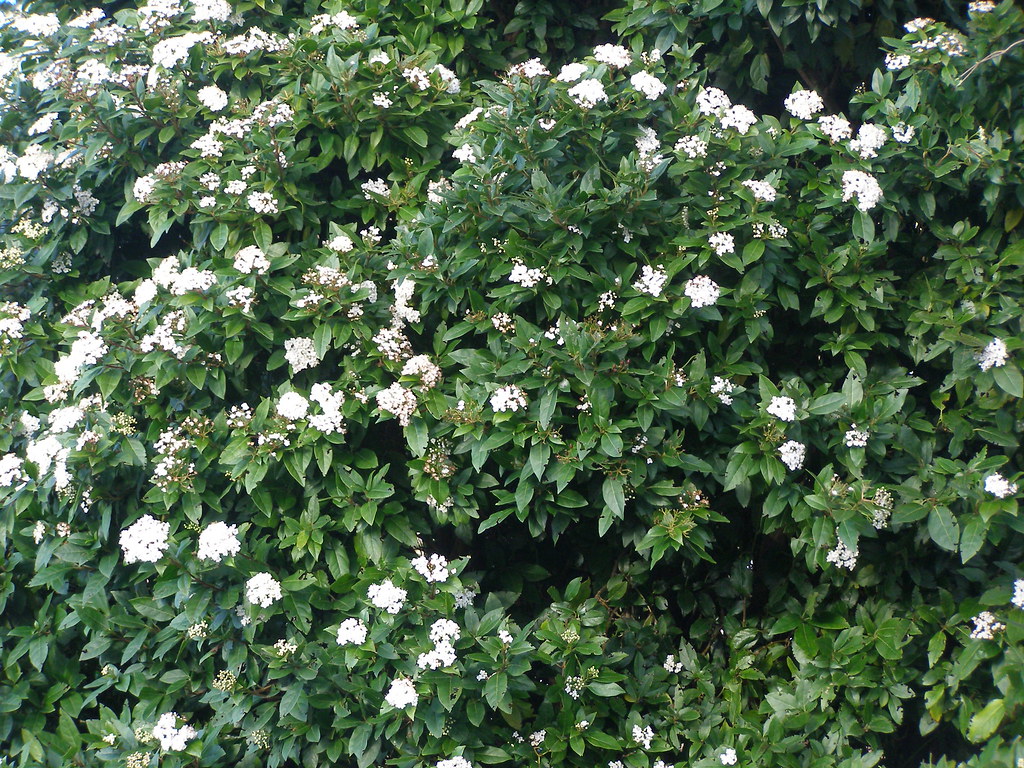


Which of these is that gorge shrub on your first page
i’m not the author of this post but i believe the shrub is mahonia .. not sure which variety, possibly ‘charity’ .. there are a few blooming now on the island where i live and they are stunning this time of year ..